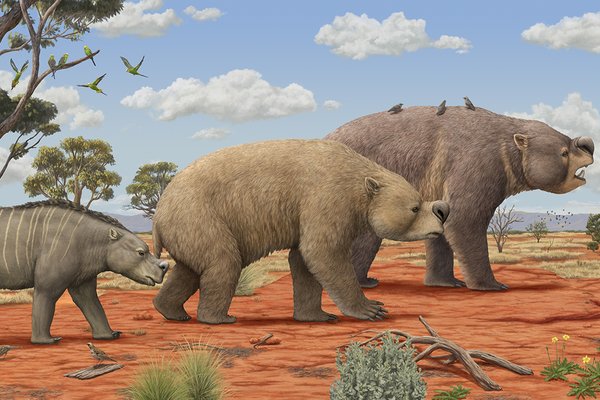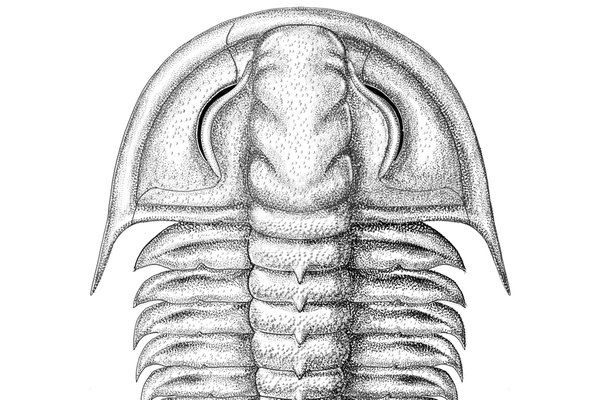New fossil Longhorn beetle gives us clues to the past
A new longhorn beetle has just been described from the Early Cretaceous (122ma) in China. This is only the second early fossil longhorn– a group with over 30,000 modern species, all of which feed on plants.
Longhorn beetles belong to perhaps the largest radiation of a single ecologically uniform group on the planet, the phytophagous (plant-eating) beetles, with over 100,000 species. In other words, there are tens of thousands of beetles that have evolved from a common ancestor and they all do pretty much the same thing! Working out how so many species relate to each other is difficult (I’ve been doing it for 30 years!).
Early fossils of plant-eating beetles are always keenly anticipated, but are almost as rare as hen’s teeth. The fossil described in our paper, beautifully preserved in shale, shows an early step in the divergence of longhorn beetles. For example, it has the characteristic long and robust antennae and the sturdy legs of longhorns. Frustratingly, but as usual with fossils, some of the bits important for identifying beetles, such as genitalia, are missing or unclear, so we weren’t able to say more than “it’s a longhorn”. Hopefully the next squashed one will have its genitalia hanging out!.
This newly found fossil of a large longhorn, many modern examples of which feed on trees, links the early diversification of modern longhorns to the period when flowering plants were also rapidly evolving.
Dr Chris Reid
Principal Research Scientist
More information:
Yu, Y, Slipinski, A, Reid, C, Shih, C., Pang, H & Ren, D. 2014. A new longhorn beetle from the early Cretaceous Jehol Biota of western Liaoning in China. Cretaceous Research (Online Early)












